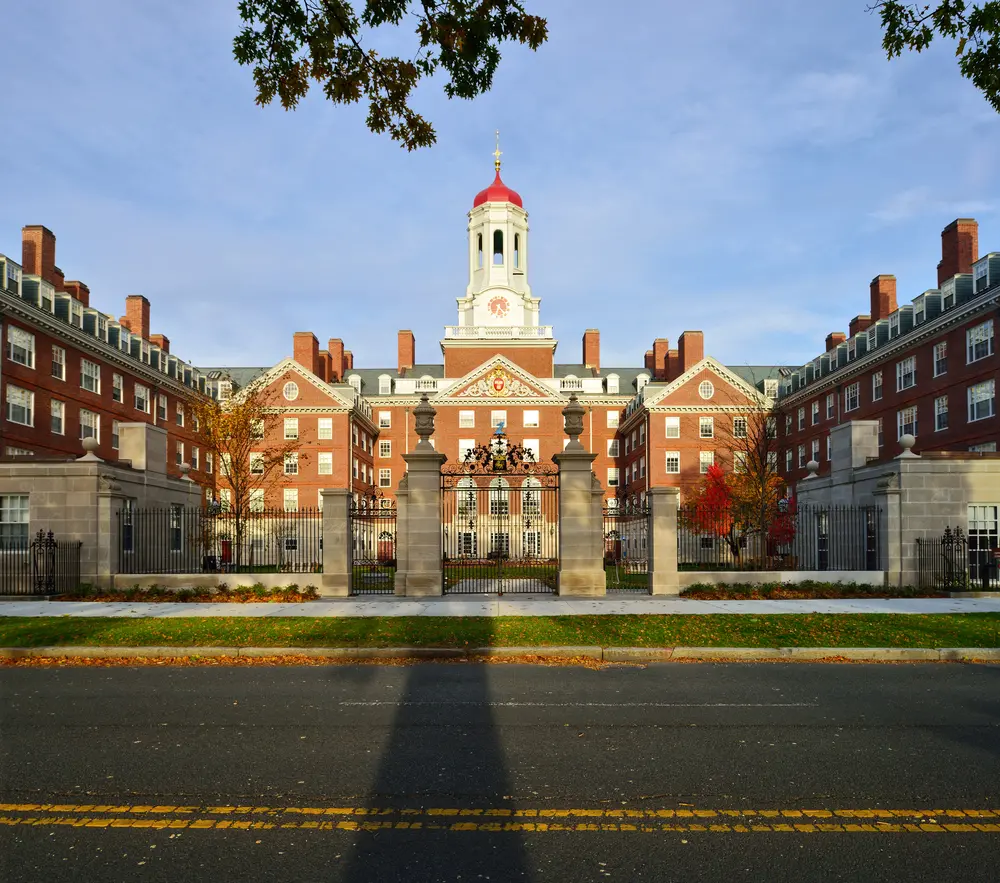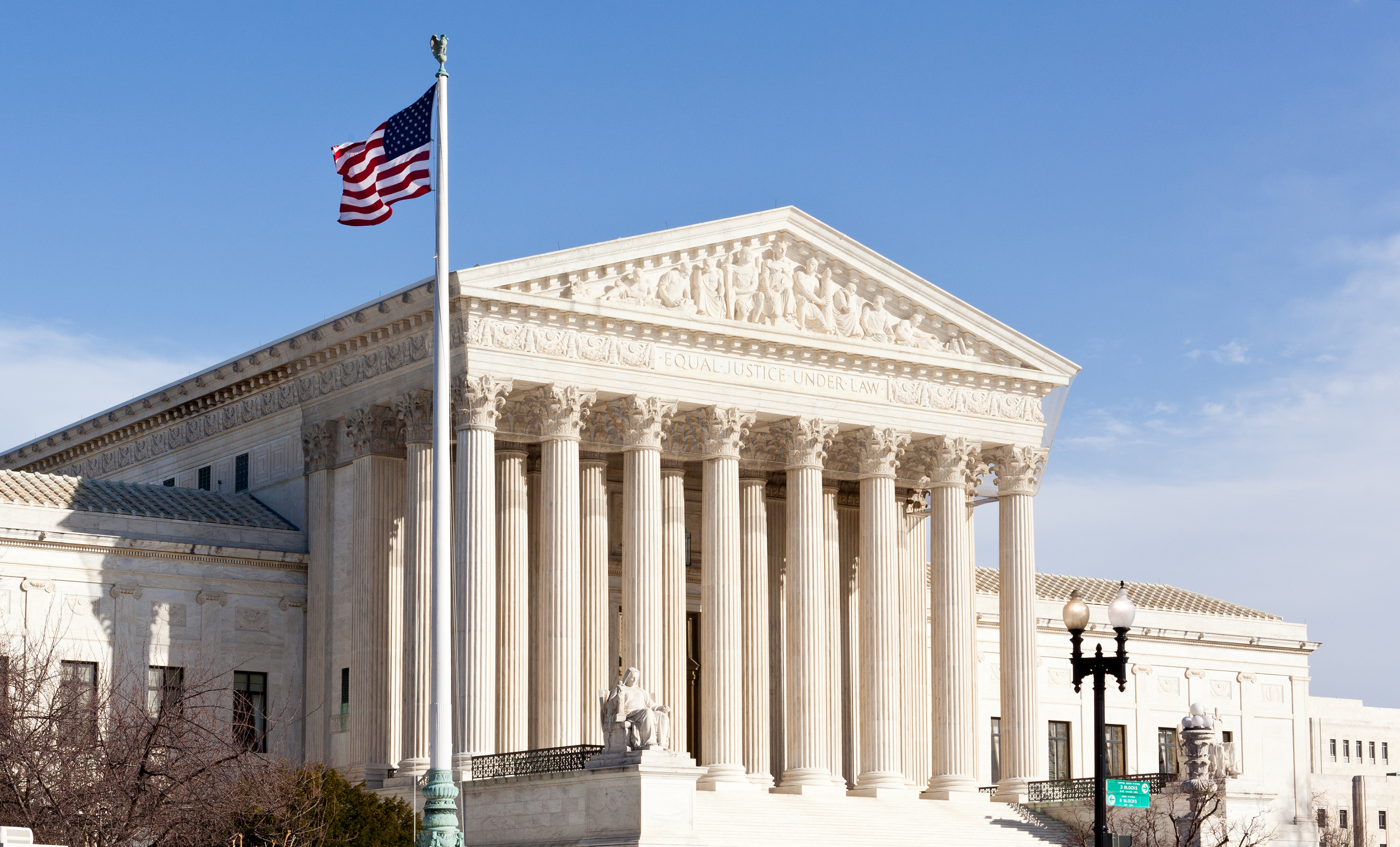
Highly competitive private and flagship schools will likely enroll far-less-diverse freshman classes.
It’s crunch time for thousands of high school seniors seeking spots at selective U.S. colleges, an annual ritual that appears to get more competitive every year, inviting hysteria, hair pulling and enormous anxiety.
And just wait: College admissions is about to get even more complicated, with a major shake-up on the horizon that could forever change who gets in and why.
A Supreme Court dominated by conservatives could disrupt more than 40 years of legal precedent in how race and ethnicity are considered in college admissions. Oral arguments in the cases, Students for Fair Admissions v. Harvard and Students for Fair Admissions, Inc. v. University of North Carolina, are set to begin October 31, with a ruling anticipated in June.
The idea that race could be tossed out when considering applicants is a prospect that angers some Harvard University students, including social activist Muskaan Arshad, who is Asian American. “My race was essential in every part of my application and who I am,” says Arshad, in a film produced by our partners WCNY and Retro Report, with support from the Pulitzer Center on Crisis Reporting. “Without mentioning my race and how it was part of my life, I could not have painted a picture of who I was and maybe not gotten into Harvard.”
Her views reminded me of what Swathi Kella, now a senior at Harvard, told me earlier this year, shortly after learning that the Supreme Court had agreed to hear new challenges to race-conscious admissions. “If affirmative action goes away, opportunities to learn from different perspectives and world views will be limited, and that does an injustice to students,” Kella, who identifies as South Asian American, said. “It’s kind of shocking when you think about what this will mean concretely for the student body.”
The film is a straightforward history lesson and explainer, and a great way to understand this highly fraught debate over fairness and meritocracy. Affirmative action (in states that allow it — eight do not) has long boosted chances for Hispanic, Black and Native American students to attend highly competitive elite colleges, including flagship institutions like UNC-Chapel Hill, which once banned Black students. The film also provides a clear picture of the arguments and history behind the specific lawsuits the court will soon hear, and shows how they have divided Asian American and other communities.
Some context for the debate is important: While research shows many benefits of affirmative action, Americans remain conflicted over its value; a 2019 Pew survey found that most Americans (73 percent) do not believe colleges should consider race or ethnicity in admissions. Other surveys suggest that while Americans are broadly supportive of affirmative action, they oppose preferential treatment for minority students in college admissions.
The film explores whether colleges should give an edge to underrepresented minority students, a question central to the national conversation about equity and diversity on college campuses kicked off in recent years by conservative activist Edward Blum. Blum orchestrated not only the Harvard case but also Fisher v. University of Texas at Austin, the last affirmative action case to reach the Supreme Court.
“Kids check which race they belong to and then they are judged, either affirmatively or negatively by competitive admissions offices based upon the box that they checked,” Blum said in an interview for the film. “That is inherently unfair, that is inherently polarizing and inherently illegal and unconstitutional.”
In 2014, Blum began the suit against Harvard for allegedly discriminating against Asian American applicants like Michael Wang, a one-time high schooler from California who began raising awareness about what he saw as discrimination against Asian Americans in the college admissions process after he was rejected by Harvard the previous year.
“My race was essential in every part of my application and who I am. Without mentioning my race and how it was part of my life I could not have painted a picture of who I was and maybe not gotten into Harvard.”
Muskaan Arshad, Harvard student and social activist
A brief in the cases against Harvard and UNC-Chapel Hill says the universities “award mammoth racial preferences” to African American and Hispanic applicants to the detriment of white and Asian American applicants, which amounts to “basic and blatant” violations of civil rights law.
In the film, Wang describes being shocked after he was turned down after years of “grinding away … really trying to put together the best resume.” He says he wrote to Harvard asking if his race had something to do with it.
“All I wanted to see is if me being Asian American was a disadvantage in my application,” Wang said, noting that he never got an answer. Blum insists that Wang’s race was a factor and believes Asian students are unfairly rejected because Harvard uses racial quotas that discriminate against them.
Two lower courts disagreed, however, finding that Harvard does not discriminate against Asian American applicants, engage in “racial balancing” or use race as anything other than one consideration when selecting its incoming class.
The Supreme Court has upheld the constitutionality of affirmative action programs three times since 1978, but Blum is undeterred. “You cannot remedy past discrimination with new discrimination,” he says in the film. “Harvard systematically raises the bar for Asian Americans and systematically lowers it for whites, African Americans and Hispanics.”
The film is a great introduction to why this issue is so important in higher education – and so divisive. So, too, is a new book by Tufts University sociology professor Natasha Warikoo, “Is Affirmative Action Fair? The Myth of Equity in College Admissions.”
“Kids check which race they belong to and then they are judged either affirmatively or negatively by competitive admissions offices based on the box that they checked…that is inherently unfair, that is inherently polarizing and inherently illegal and unconstitutional.”
Edward Blum, Students for Fair Admissions
She poses an excellent question at the beginning of the book: “Should a college prioritize teaching the most academically accomplished students or the ones who have had limited opportunities but show the most potential to learn quickly?” Warikoo asks. “Or the ones who are furthest behind?”
Later in the book, Warikoo summarizes the power elite colleges hold, noting that they “have a sacred quality, they symbolize the American dream” — one that too often eludes underrepresented students.
Our recent reporting at the Hechinger Report has found that many competitive colleges, particularly state public flagship institutions, have a long way to go when it comes to recruiting a racially diverse class.
At the University of Georgia, for example, just 6 percent of freshmen were Black in 2020, compared with 36 percent of the state’s public high school graduates that year. With our partners at NBCNews.com, we also found underrepresentation of Latino students at flagship universities; at the University of Colorado at Boulder, only 14 percent of freshmen were Latino compared with 31 percent of the state’s high school graduates.
Such gaps could widen if the Supreme Court sides with Blum. That’s a prospect Angel Pérez, chief executive of the National Association for College Admission Counseling, told me earlier this year that he’s deeply worried about.
“What will our institutions look like if we don’t take race into consideration?” he asked.
It is not hard to imagine the answer. If the Supreme Court rules out using race and ethnicity, we can expect campuses that may already be largely white to become even more so, and we may see a higher education system that gives Black and Latino students less of a shot – and even Wang is concerned about it.
“I think I may have set in motions things that might get out of control,” he said during an interview in the film. “I think affirmative action is still very necessary in helping minorities who actually need it.”













